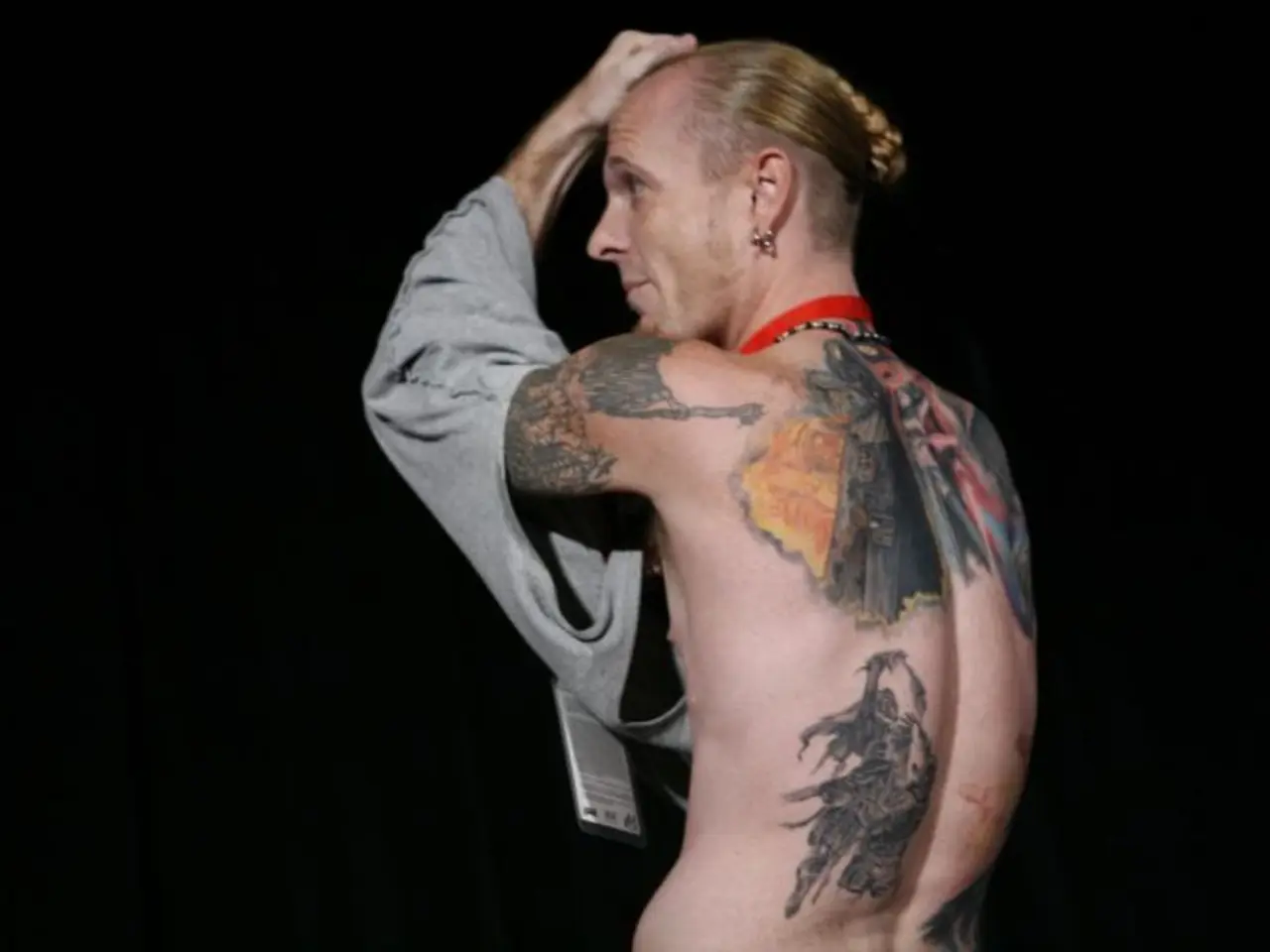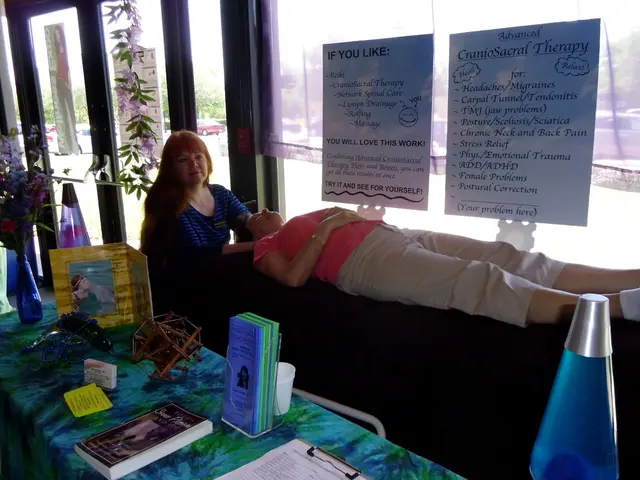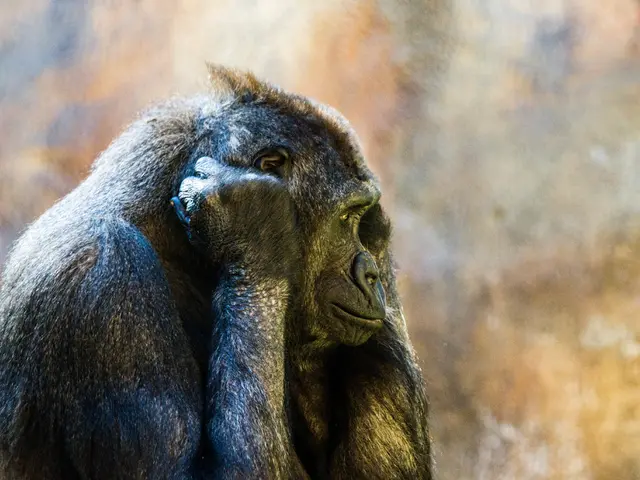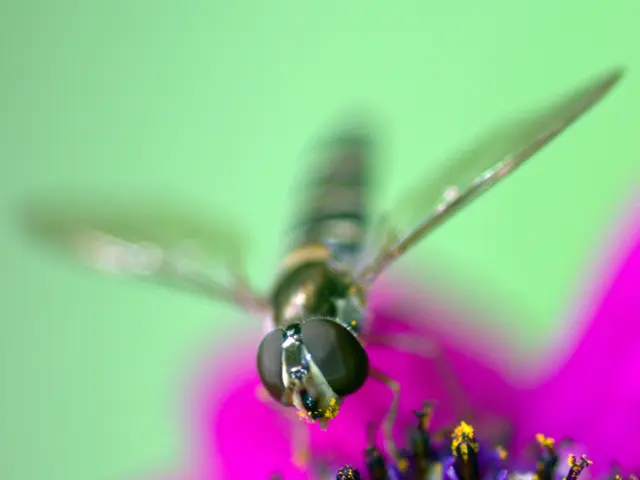Ancient Siberian "ice mummy" found with detailed tattoos, as shown by recent imaging technology.
In the frozen landscapes of Siberia, a discovery from the Iron Age has shed new light on the world of ancient tattooing. A Pazyryk mummy, found in the Republic of Sakha (Yakutia), Indigirka River basin, Russia, has revealed intricate tattoos that showcase a high degree of craft specialization, technical skill, and aesthetic sophistication.
The research, conducted on the mummy found in the Badyarikha River, uncovered several key details about the Pazyryk tattoo artists. Multiple tattooing tools were used, including multi-point and single-point tools, as evidenced by the line widths and finishes. This suggests a varied technical skill set among the tattooists, indicating a level of specialization not typically associated with tattooing during this era.
The tattoos also demonstrated complex compositional planning and intentionality. For instance, on the right forearm, the artist skillfully used the contours of the wrist to enhance the animal design, showcasing control over perspective and creating focal points with a clear directional flow. These are advanced artistic techniques not commonly seen in the art of the period, suggesting formal training or apprenticeship and a degree of aesthetic sensitivity.
Interestingly, the right forearm tattoos were markedly more detailed and technically refined than those on the left, implying either the work of different artists with different skill levels or the progression of a single artist over time. Furthermore, the tattoos were likely applied over multiple sessions, reflecting patience and a nuanced workflow rather than simple, quick decoration.
Near-infrared imaging revealed subtle details like overlaps at line ends, providing insights into the workflow and skill involved in tattoo application. A 3D scan of one tattooed mummy was produced using high-resolution near infrared photography, offering a closer look at the intricate designs.
The findings of the study suggest that the Pazyryk culture had a level of artistic expertise similar to modern tattoo artists. The study offers a new way to recognise personal agency in prehistoric body modification practices, and it reveals that the tattooing technique used in the Pazyryk culture was capable of producing crisp and uniform results, even with hand-poked methods.
The woman's tattoos were preserved in permafrost in the Altai mountains, and they have intrigued archaeologists due to their elaborate figural designs. The right forearm tattoo, in particular, makes use of the contours of the wrist to allow the tattoo to flow over the arm. The feline animal is the focal point of the right arm tattoo, and it shows a finer attention to detail and a greater array of visual techniques.
The mummy, which dates back more than 2,000 years, was discovered with intact skin, fur, and toes. Among the most fascinating discoveries made with this mummy was a frozen baby saber-toothed cat (Homotherium latidens).
In conclusion, the study of the Pazyryk tattooed mummy has provided valuable insights into the world of ancient tattooing. It suggests that tattooing in the Pazyryk culture was a specialized craft that required technical skill, aesthetic sensitivity, and formal training or apprenticeship. This discovery offers a unique perspective on the artistic practices of the past, demonstrating the enduring appeal and importance of body modification throughout history.
The research on the ancient tattooed mummy from the Pazyryk culture demonstrates the similarities between their tattooing techniques and those used in modern times, showing that this practice required technical skill, aesthetic sensitivity, and formal training or apprenticeship. This study also reveals that the Pazyryk tattooing technique was able to create crisp, uniform results, even with hand-poked methods, similar to the precision often found in fields like technology and skin care. Furthermore, the attention to detail in the tattoos illustrates a level of mental health and wellness that prioritized balance, much like the focus on wellness in fitness and exercise and nutrition today.




